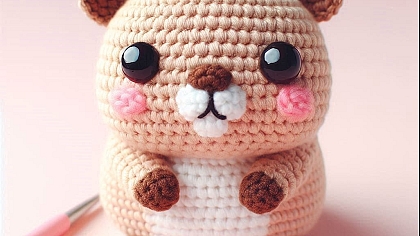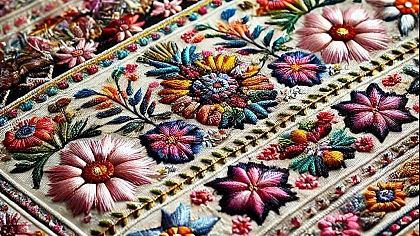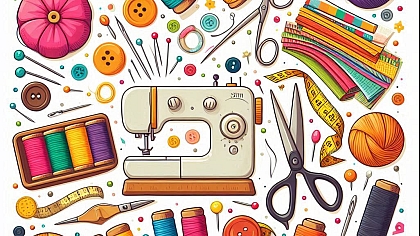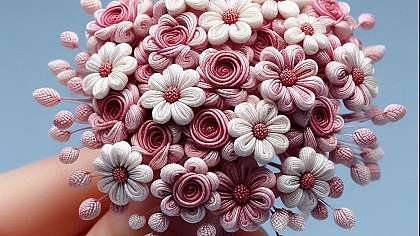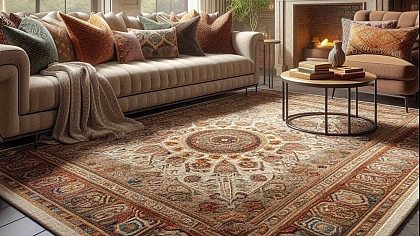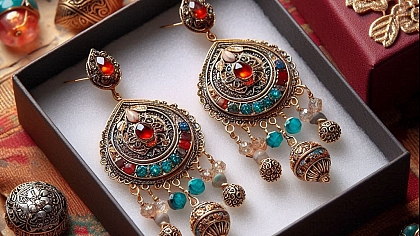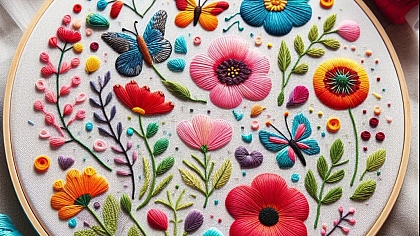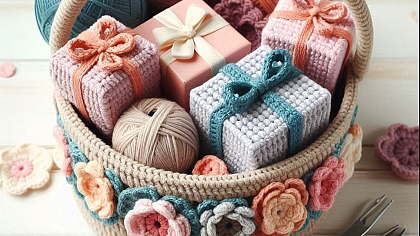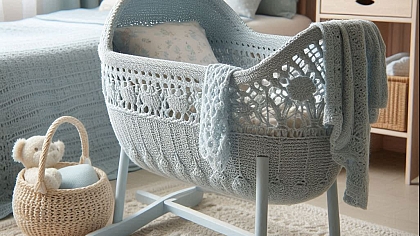
The Science Behind Crochet: Understanding Tension and Gauge
Crochet is not just a craft; it's a science. Behind the rhythmic movements of the hook and yarn lies a world of precision and calculation. Among the essential concepts in the realm of crochet are tension and gauge. These two factors determine the outcome of your project, influencing everything from size to drape. Let's delve into the science behind crochet, uncovering the intricacies of tension and gauge.
What is Tension in Crochet?

Tension refers to the amount of tightness or looseness with which you hold your yarn and hook while crocheting. It's a fundamental aspect that directly impacts the appearance and structure of your fabric. A consistent tension ensures uniformity throughout your project, resulting in a polished and professional finish.
The Role of Tension in Crochet
Tension plays a crucial role in determining the size of your stitches and consequently, the overall dimensions of your project. When your tension is too tight, your stitches will be smaller, yielding a denser fabric. Conversely, loose tension produces larger stitches and a more open weave.
Factors Affecting Tension
Several factors influence your crochet tension, including the type of yarn, hook size, and your individual technique. Different yarns have varying levels of elasticity and thickness, affecting how they interact with the hook. Similarly, the size and material of your crochet hook can impact your tension. Experimenting with different combinations allows you to find the perfect balance for your desired outcome.
Tips for Achieving Consistent Tension

Consistency is key when it comes to tension in crochet. Practice, relaxation, and the use of tools such as stitch markers or tension guides can help you maintain even tension throughout your project. Checking tension regularly by comparing swatches to the pattern's gauge allows for adjustments as needed.
Understanding Gauge in Crochet
Gauge refers to the number of stitches and rows per inch in a crochet fabric. It serves as a guide to ensure that your finished project matches the dimensions specified in the pattern. Achieving the correct gauge is essential, especially for garments and accessories where size matters.
Why Gauge Matters
Gauge directly impacts the fit and proportions of your crochet project. Following the gauge specified in the pattern ensures that your finished piece will match the intended size. Deviating from the gauge can result in a project that is too large, too small, or misshapen.
Measuring Gauge

To measure gauge, crochet a swatch using the specified yarn and hook size in the pattern. Then, count the number of stitches and rows within a standardized area, usually 4 inches by 4 inches. Compare your measurements to the gauge listed in the pattern. If your gauge doesn't match, adjust your hook size and tension accordingly until it does.
Tips for Achieving Gauge
Achieving the correct gauge requires attention to detail and precision. Using the right tools, blocking your swatch, and adjusting hook size until your gauge matches the pattern are all essential steps in the process.
Tension and gauge are fundamental concepts in the science of crochet. Understanding how these factors influence your projects empowers you to create beautifully crafted pieces with precision and accuracy. By mastering tension control and gauge measurement, you can elevate your crochet skills and embark on a journey of endless creativity.

